From the first moment that spring morning in April 1994 that she opened the envelope containing a typewritten letter rather than the typical scrawled note, Gardner Museum director Anne Hawley knew what she had in her hands was something different. Though unsigned, the two-page letter was written with a command of legal terms, as if it had come from a lawyer, and conveyed a knowledge of the Gardner theft that only museum insiders and the FBI knew at the time.
The line “the perpetrators were not dressed as police officers, as reported by the press, but were dressed as security guards” immediately caught her attention.
“I have been asked to participate in a rather touchy issue that is of prime importance to your facility,” the letter went on authoritatively. “The issue is the safe return of the missing art treasures.” The thirteen pieces were all still together, the note said, and, most comforting for Hawley, who had worried constantly that they were not being well cared for, they were “stored in archival conditions to preserve them.”
The letter touched off a frenzied two-week pursuit to commence negotiations for returning the artwork, and for Hawley at least, represents the most hopeful time of the twenty-five years she has spent trying to recover them. For a few weeks in 1994, she believed the nightmare of the Gardner heist might soon be over.
Hawley, who had been on the job only six months when the heist took place in 1990, has weathered the frustrations of the investigation longer and perhaps more deeply than anyone else in Boston. While the federal investigation has involved the best efforts of five US attorneys, more than a dozen chiefs of the Boston FBI office, and three special agents in charge of the probe, the one person who has suffered the loss most is surely Anne Hawley.
For the then-forty-six-year-old Hawley, who had sought the position in the hope of restoring the Gardner to its turn-of-the-century brilliance, and who had neither the inclination nor the ability to solve crimes, she soon added that most high-profile responsibility to the long list of duties her job entailed.
Hawley had been told almost immediately after the heist that, in such high-end cases, if an arrest and recovery isn’t made in the first few days, it was normal for years to pass before safe return of the missing artwork could be negotiated. But now, four years after the theft, hope of a safe return was exactly what she had in front of her.
The letter writer stated that the paintings had been stolen to gain someone a reduction in a prison sentence, but as that opportunity had dwindled dramatically there was no longer a primary motive for keeping the artwork. The best option for everyone involved, the letter said, was to negotiate a return of the pieces to the museum.
“All parties do want a resolution to everyone’s satisfaction,” Hawley read expectantly. “You get the collection and they get the money and immunity from prosecution.” The writer stated that he did not know the identity of the men who had stolen the artwork, but instead was dealing with a third person who had approached him to carry out the negotiations.
Also, to underscore the importance of taking him seriously and dealing with him immediately, the writer stated that the artwork was currently held in a “non–common law country.” As such, if any of the pieces were sold to someone, likely for a significant price, that buyer might have a legitimate claim that he or she now owned the piece, regardless of the fact that someone else had stolen it from the museum.
And, the writer went on, two key factors needed to be dealt with before any return could be gained: First, a ransom amount had to be agreed on, and second, the representative and his clients had to be assured that the FBI would not seek to arrest them during negotiations.
There would be no bargaining over how much he wanted the museum to give him for safe return of the paintings, either. In total, the writer estimated the value of the artwork to be $260 million. He wanted $2.6 million for their return. The $2.6 million would be sent to a designated offshore bank account at the same time the artwork was handed over, the letter stated.
Not unreasonable, Hawley thought as she read the terms. While at the time the museum had posted a reward of $1 million for the paintings’ return, it would soon up the ante to $5 million, the largest announced reward for the return of any masterpiece.
But negotiating their return without involving law enforcement would of course be far trickier. With that in mind he proposed a unique idea: To show him that the museum was interested in negotiating, it should ask the Boston Globe to include the numeral one in front of the decimal point for the value of the dollar against the Italian lira in the currency column it ran inside the Sunday business pages.
Hawley finished reading and was astonished and excited. The letter had the right mix of authority and caution for her to be convinced it was real. That morning, after more than four years of dealing with fraud artists and fakers who claimed they could facilitate the return of the artwork only to have her hopes dashed, Hawley felt she was finally dealing with someone who had something.
She quickly referred the letter to the FBI’s Boston office, who immediately contacted Globe editor Matthew V. Storin, asking if the paper would be willing to go along with the plan outlined in the letter.
“I saw it as a community-service decision,” Storin said later. He was unwilling to list an inaccurate value for the lira, but Storin said he would add a numeral one prominently in the exchange rate listings. First, though, he extracted an agreement from Richard S. Swensen, the FBI’s agent in charge of the Boston office, to pledge to tell the Globe first if its efforts led to the recovery of the paintings.
Swensen agreed, and the following Sunday, May 1, 1994, the numeral one appeared in the middle of the row that listed the official exchange rate for the Italian lira. Several days later a second letter, this one postmarked May 3, 1994, was in Hawley’s morning mail. Like the earlier one, it looked as though it had been written on an electric typewriter and it was unsigned.
The letter began on a hopeful note: The placement of the numeral inside the currency box showed the writer the museum was interested in negotiating.
But then the bad news:
“I am also fully aware of the massive alert that the federal, state and Boston authorities went on last Friday afternoon” seeking to make an arrest while the negotiations commenced.
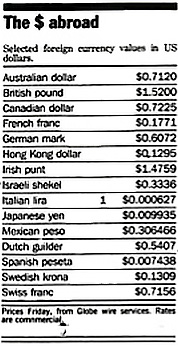
At the urging of the FBI and Gardner director Anne Hawley, the Globe agreed to drop the numeral 1 into the middle of the currency box that ran in its Sunday Business section, May 1, 1994, showing an anonymous letter-writer that the museum was willing to enter into secret negotiations for the return of the stolen artwork.
“I think it important to say right now that you have a choice, that is you may be able to apprehend a low-level participant who has been kept in the dark or you can recapture the entire collection intact. YOU CANNOT HAVE BOTH.”
Hawley was dumbfounded. She had impressed on Swensen and others at the FBI her hope that the letter writer was legitimate and that everyone needed to follow his instructions to the letter. That word had filtered down to the handful of agents who were directly responsible for the case.
“We were told to stand down by Swensen, and that’s exactly what we did. No calls were made, no one was interviewed,” says one agent working the case at the time.
However, he said, that word may not have reached everyone inside the Bureau. Agents in the Boston and New York offices were working feverishly to track down the letter writer’s identity, the agent said.
“There was no complete stand-down,” the agent admitted. “Far from it.”
As a result, the letter writer said he needed time to evaluate his options. While those who held the stolen artwork needed money and might be willing to reconnect with the museum, he was worried.
“The onerous penalties related to this venture make me extremely wary of everything,” he wrote.
If he decided it was impossible to continue negotiating, he would provide the museum with “a few solid clues where you can apply pressure to get the collection.”
But no clues were forthcoming. Hawley never heard from him again after that.
“I was heartbroken with how it turned out,” Hawley remembered even a decade later, the sting still in her voice. “Finally, I felt I was dealing with someone who knew something, who could get us somewhere, and just as quickly it disappeared. It was heartbreaking, really.”
ALTHOUGH IT MAY HAVE BEEN the biggest disappointment, and the closest Hawley feels the museum has yet come to recovering the stolen art, the episode with the anonymous letters was not the only time she became emotionally involved in the investigation only to be let down in the end. In fact, she and trustee Arnold Hiatt even met in a New York hotel room with William Youngworth, the ex-convict who had driven Tom Mashberg to a deserted warehouse, and who on more than one occasion raised expectations that he could facilitate the return of the paintings. Like Hawley, Hiatt was convinced that Youngworth could be trusted, and gave him $10,000 to advance his efforts.
She also pleaded with then-senator Edward M. Kennedy, the state’s most powerful politician, to spur the FBI in its investigation, and suggested to William Bulger, president of the State Senate and a personal friend, that he ask his brother, James “Whitey” Bulger, the notorious Boston gangster arrested by the FBI in 2011 after years of eluding them, if he knew who might have pulled off the heist.
And after years of frustration, Hawley had a surprising bit of inspiration: If the FBI couldn’t succeed in getting her paintings back, she reasoned that maybe the pope could help. So in 1999 the museum reached out to Bishop William F. Murphy, head of the Catholic diocese on Long Island, in the hope of convincing Pope John Paul II to issue a papal appeal for the paintings’ return. Particular mention was made that one of the works was Rembrandt’s seascape portraying Christ calming his disciples as their boat made its way through a storm-tossed Sea of Galilee.
The pope never stepped in, however. Vatican officials said such intervention would lead to other unconventional requests. One option Hawley hasn’t tried is using the Internet and social media to maximize awareness of the specific pieces that are missing and encouraging the public’s involvement in the search. Crowdsourcing—in this case, reaching out to the public in helping solve crimes—has even been credited in at least two major manhunts in Boston recently. This strategy famously brought Whitey Bulger to justice in 2011, after the FBI made a public appeal that focused on Catherine Greig, Bulger’s girlfriend. Greig was recognized by a neighbor near the couple’s Santa Monica, California, hide-out, who phoned in a tip.
Having the public’s assistance with an investigation was also instrumental in the arrest of one of the so-called Boston Marathon bombers, Dzhokhar Tsarnaev, in April 2013. Less than an hour after releasing Watertown residents from a full-day lockdown following an overnight shooting that killed one of the two brothers allegedly involved in the bombing, a resident found a trail of blood that led to Tsarnaev, hiding beneath the tarp covering the pleasure boat parked in his backyard.
Still, the museum has not pressed government, business, or community leaders to issue public appeals for assistance in the Gardner case.
“They have to be somewhere” is a common refrain investigators hear about the missing paintings. Many members of the public, particularly in neighborhoods with a lot of criminal activity, where the artwork might thus be stashed, likely are wary of dealing with the FBI or law enforcement in general. Yet it surely would be easier to gain their trust through appeals by people they know, such as community leaders or even celebrities.
The effectiveness of such campaigns recently has been seen more and more, digital marketing and research companies have found. Well-run initiatives have been able to tap the power of people: from the mapping of a gold mine in Ontario, Canada, that led to the discovery of 8 million ounces of gold to offering unique ideas to improve public education.
“The concept of using social media tools to leverage the people and networks connected to Boston to uncover the secrets of the Gardner heist and the missing masterpieces is a no-brainer,” says John Della Volpe, CEO of SocialSphere, a digital marketing and research company in Cambridge. “Worst case, the world learns about Rembrandt’s only seascape, best case some of the world’s most valuable art is returned to its rightful owners, the community of Boston.”
Pierre Tabel, former head of the art theft unit established by the French national police, says his unit benefited greatly from the public’s assistance and support in their efforts to recover stolen paintings. The 1985 theft of nine Impressionist paintings from the Marmottan Monet Museum in Paris was considered a “national disgrace” for France. Spurred by the public’s outrage, his superiors were constantly urging him to waste no resources to recover the paintings, which were returned in 1990.
But such an outcry for public assistance has been largely absent from the pursuit of the Gardner paintings. Hawley has mourned alone what the loss of the artwork has meant to Boston and the public at large.
“The theft of these rare and important treasures of art is a tragic loss to the art world and to society as a whole,” Hawley said in a 2008 statement. “Imagine never being able to hear a performance of Beethoven’s Fifth, read Herman Melville’s Moby Dick, or listen to a Louis Armstrong jazz piece ever again. . . . The loss of these remarkable masterpieces removes a part of our culture essential to our society.”
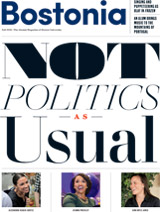

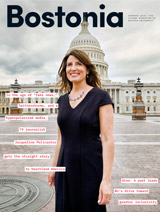
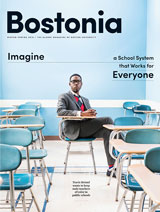



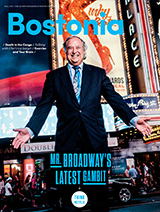
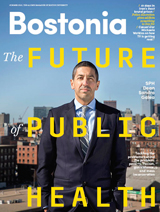

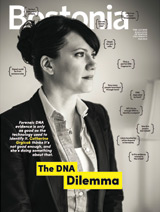
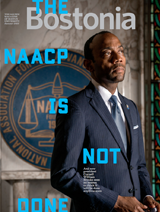
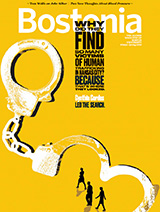

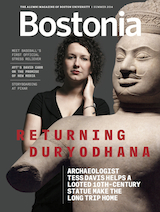
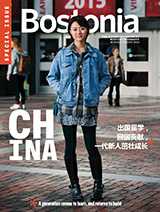
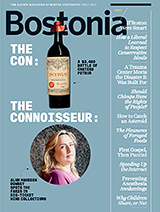
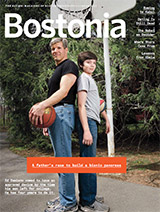
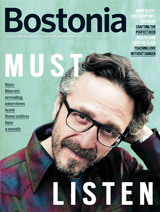
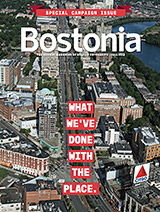

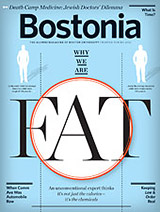

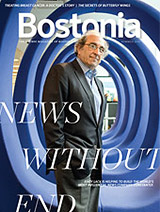
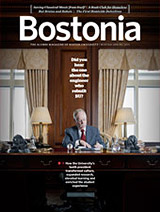
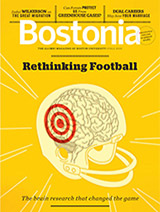
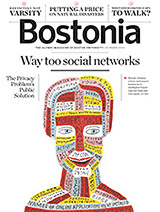

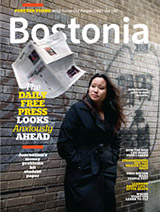

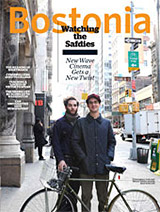
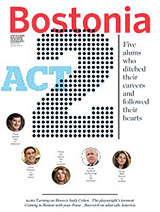
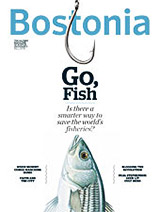


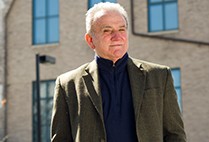


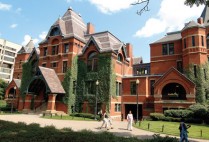
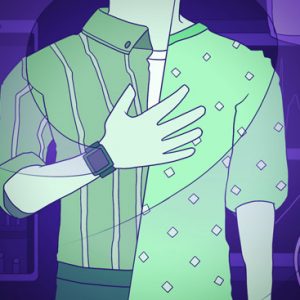
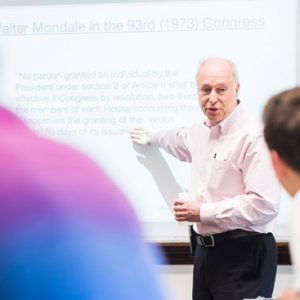


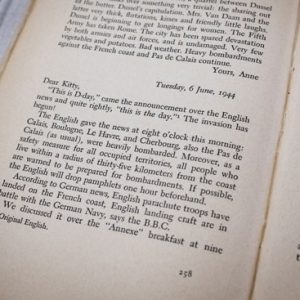

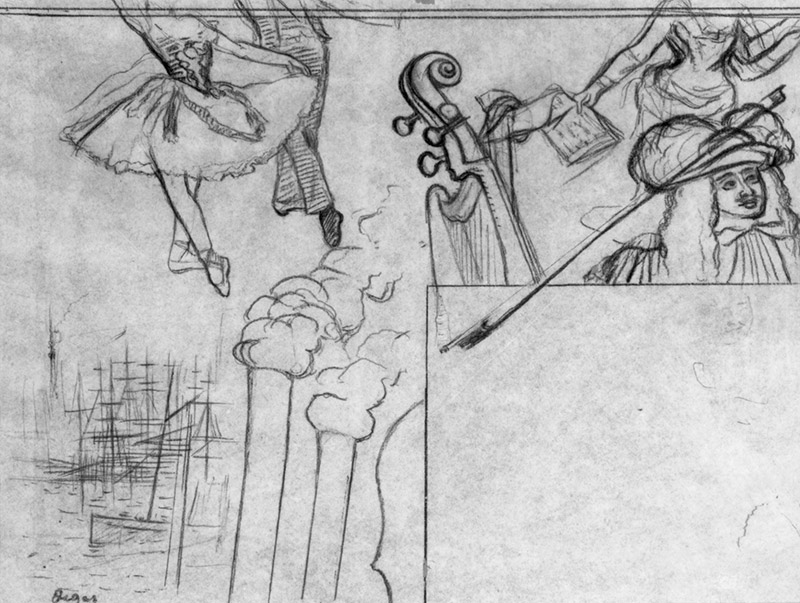
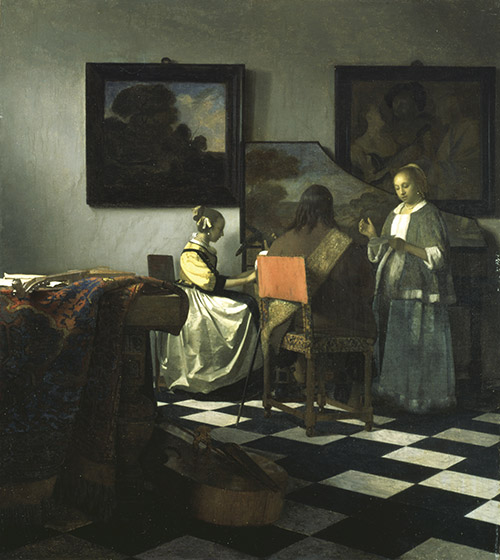
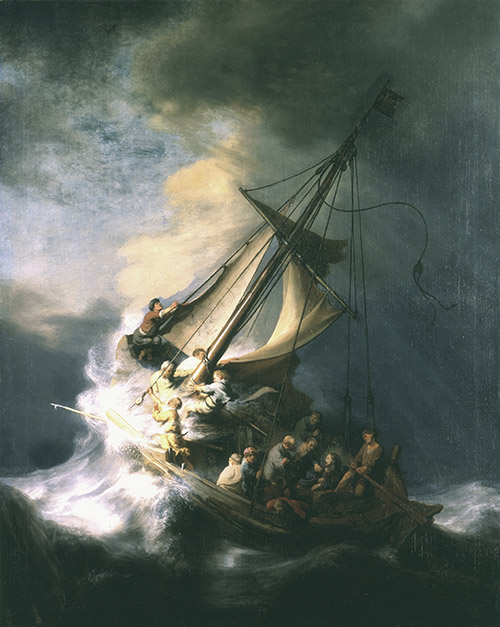
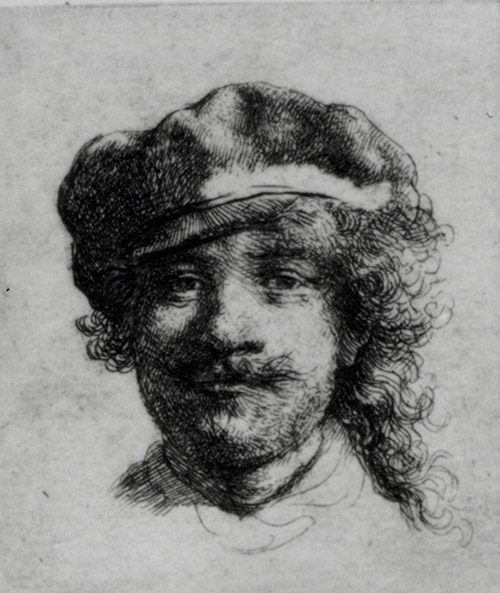
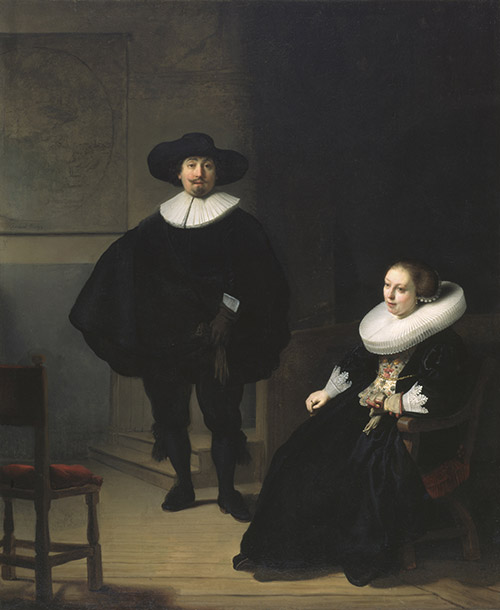

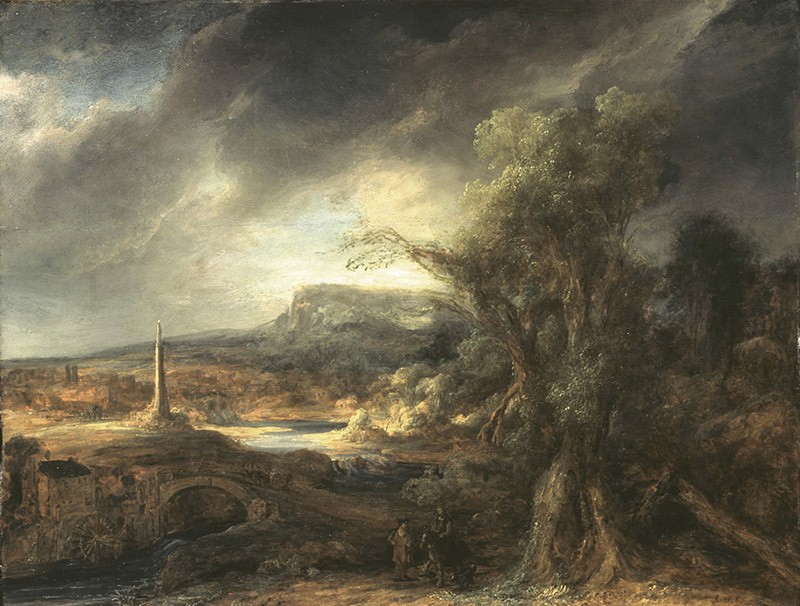
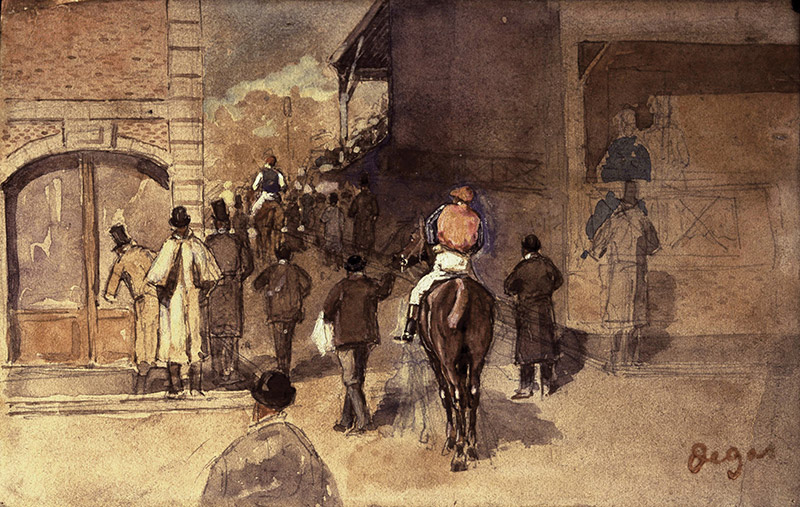



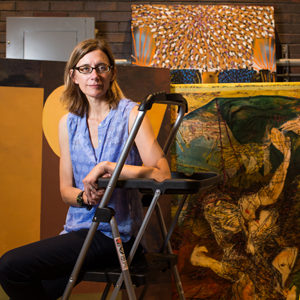
Why weren’t the pictures that were stolen posted on this site?
There was such limited security for such priceless goods. Shouldn’t an alarm sounded as soon those bogus cops entered the building?
I was a student at CGE ’58 and found the Gardner Museum in my travels around Boston. After viewing the artworks, I would sit in the courtyard garden and let all of the beauty I had seen spread through my brain. The courtyard became the center of my many visits to that wounderful museum.
My memories were reignited when I read an article by Bethany Vaccaro URI’06 about Anthony Amore URI’89, Gardner’s chief of security, in the University of Rhode Island’s Quadangles spring 2011 edition. The article about the theft also included a wonderful photograph of the Gardner’s courtyard in full bloom and some of the stolen paintings.
I hope that some day I can return to the museum and find that the stolen works of art have been returned, restoring the Gardner Museum to all of its magnificence.